How to Make Bone Broth {Pressure Cooker, Slow-Cooker & Stove Top}
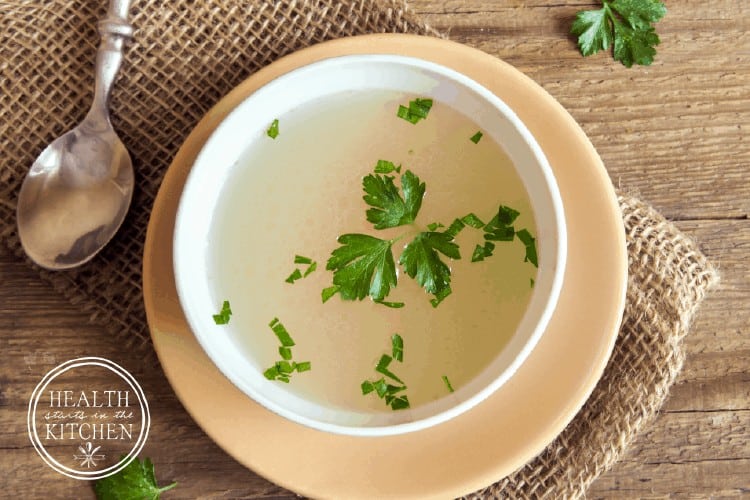
Perhaps one of bone broth’s greatest nutrients is gelatin, which performs a “patch and repair” service on a leaky gut. Gut hyperpermeability, or leaky gut, refers to the condition in which holes begin to appear in the intestinal lining, allowing small food particles to pass through and enter the bloodstream. The body will then begin to attack these food particles, and over time this condition can lead to an autoim- mune disease.
Leaky gut is becoming more common and is often a symptom of irritable bowel syndrome and Crohn’s disease. Many people attribute this rise to lifestyle factors such as increased stress, consumption of refined grains and sugars, and long-term use of oral contraceptives. Other research suggests that it could be due to bacterial or yeast overgrowth such as candida, which causes inflammation in the intestinal lining.
Bone broth is a powerhouse of vitamins and nutrients that can heal and nourish the body from the inside. Drinking a mug of bone broth every day has been shown to help the body repair inflammation, heal a leaky gut, lessen joint pain, reverse immune disorders, and kill candida.
Bone broth is a cheap and delicious way to flood your body with vital nutrients such as collagen, gelatin, calcium, phosphorus, and magnesium that will help your body detox and start repairing damaged tissue.
Boiling animal bones for a long period of time will release bone marrow and glycine, which can boost the immune system and help the body fend off any invading viruses and bacteria.
To make your own healing bone broth, you can use the bones of high quality chicken, beef, lamb, venison, pork, or fish. It is vital that you use the bones from free-range animals that are fed 100 percent grass (or their natural diet equivalent, preferably organic) because you will be consuming the nutrients and minerals contained within these bones.
You can use the broth as an ingredient in recipes such as my Hearty Beef Stew, Home-Style Chicken Noodle Soup, Italian Wedding Soup, or have a daily cup of broth as a part of your health-building routine, just like we are having this morning at the Morgantown Farmer’s Market!

Ingredients
- 2+ pounds *bones or butcher soup pack (beef, chicken, pork, lamb or venison)
- up to 1 gallon Water, filtered
- 1+ tablespoons Sea Salt additional to taste.
- 1 tablespoon Apple Cider Vinegar
Optional additions:
- vegetables such as carrots, onions, and celery; herbs and spices such as garlic, ginger, peppercorns, and fresh parsley stems
Instructions
Pressure Cooker
- Place the bones in a pressure cooker and cover with the water and vinegar (not exceeding the max level line). Cook under standard or high pressure for 1 hour.
- When the bone broth is done it's preferable to allow the pressure cooker to naturally depressurize, strain using a fine-mesh strainer or colander lined with cheesecloth. Season with salt. The broth will keep in the refrigerator for 7 to 10 days.
Slow Cooker:
- Place the bones in a slow cooker and cover with the water and vinegar. Cook on low for 36 to 48 hours. The longer you allow the broth to cook, the more nutrients it will have. Ideally, the bones should become softened and be easily broken.
- When the bone broth is done, strain using a fine-mesh strainer or colander lined with cheesecloth. Season with salt. The broth will keep in the refrigerator for 7 to 10 days.
Stove Top:
- Place the bones in a large pot and cover with the water and vinegar. Cook on low for 12+ hours. The longer you allow the broth to cook, the more nutrients it will have. Ideally, the bones should become softened and be easily broken.
- When the bone broth is done, strain using a fine-mesh strainer or colander lined with cheesecloth. Season with salt. The broth will keep in the refrigerator for 7 to 10 days.
Notes
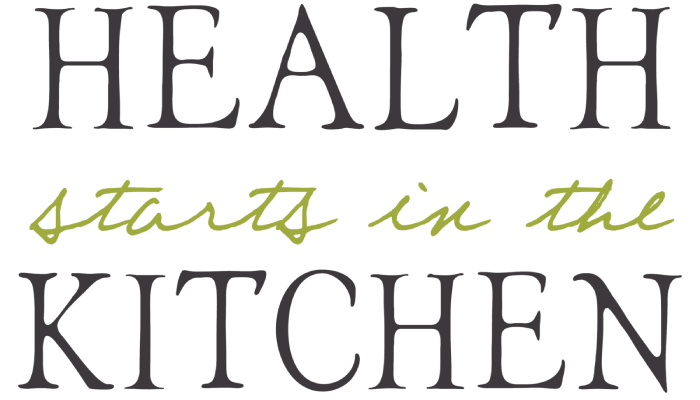
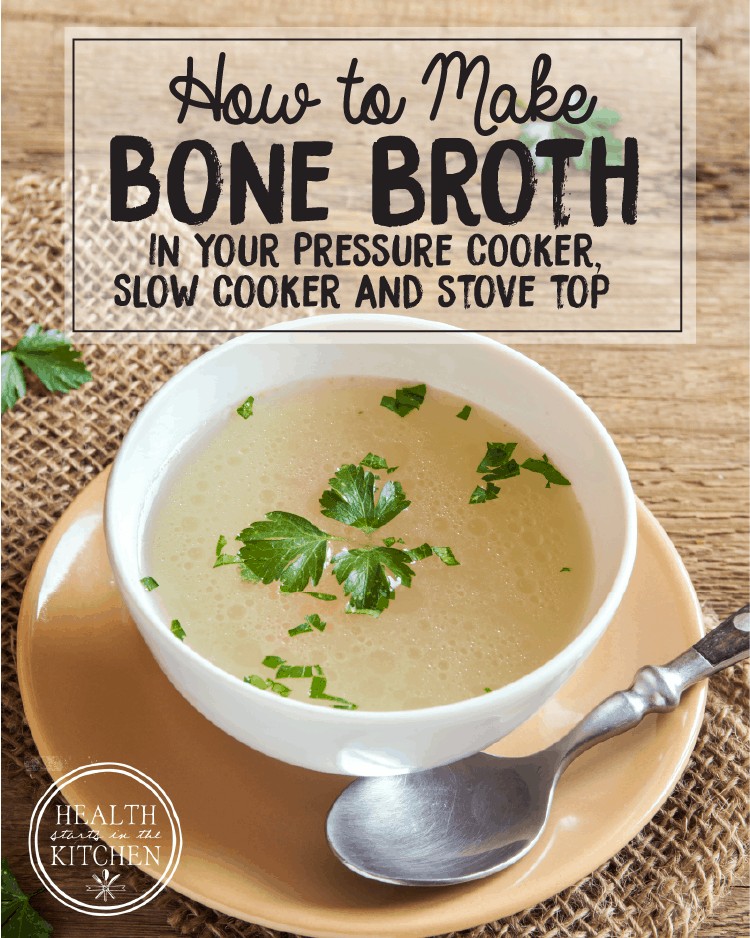



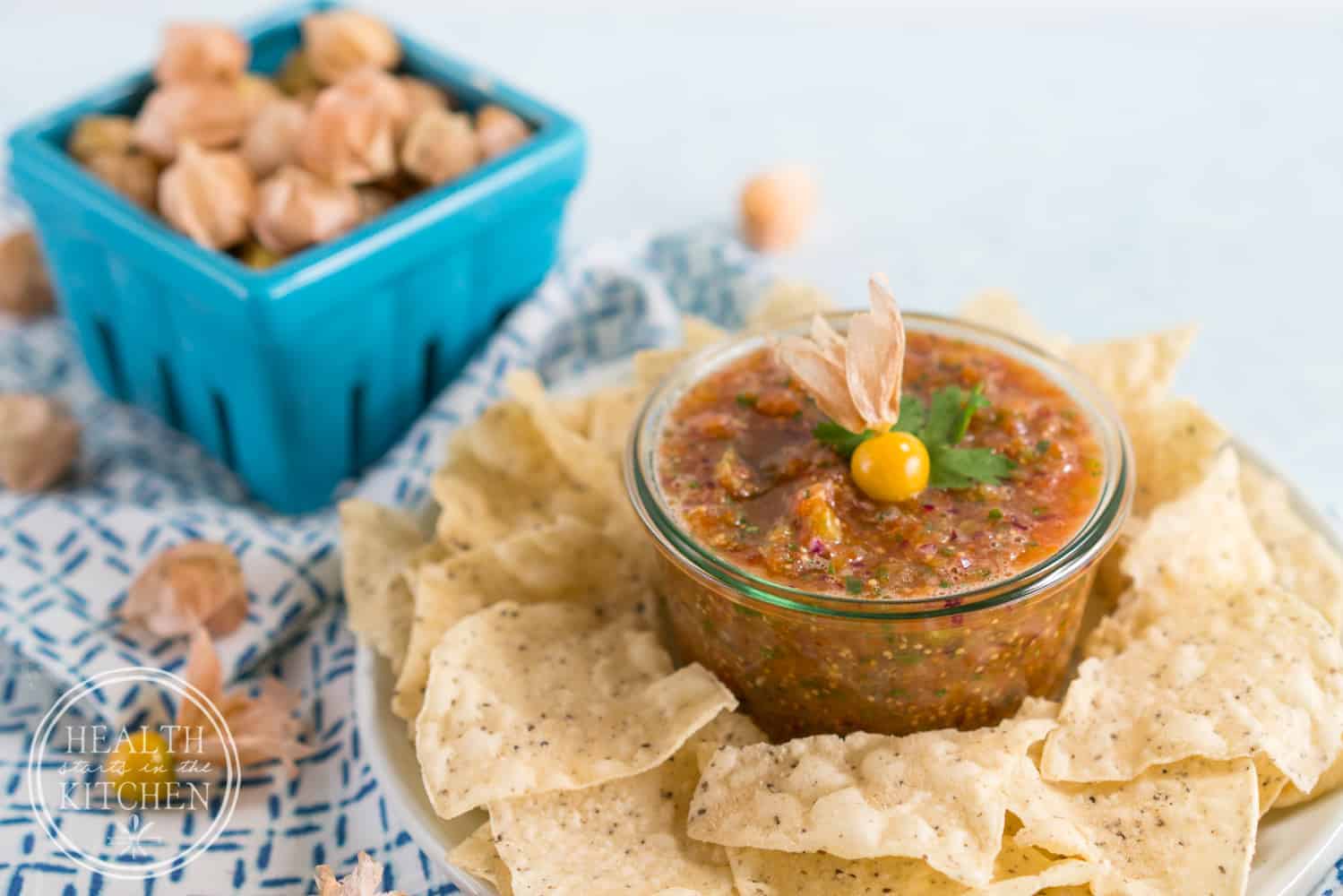
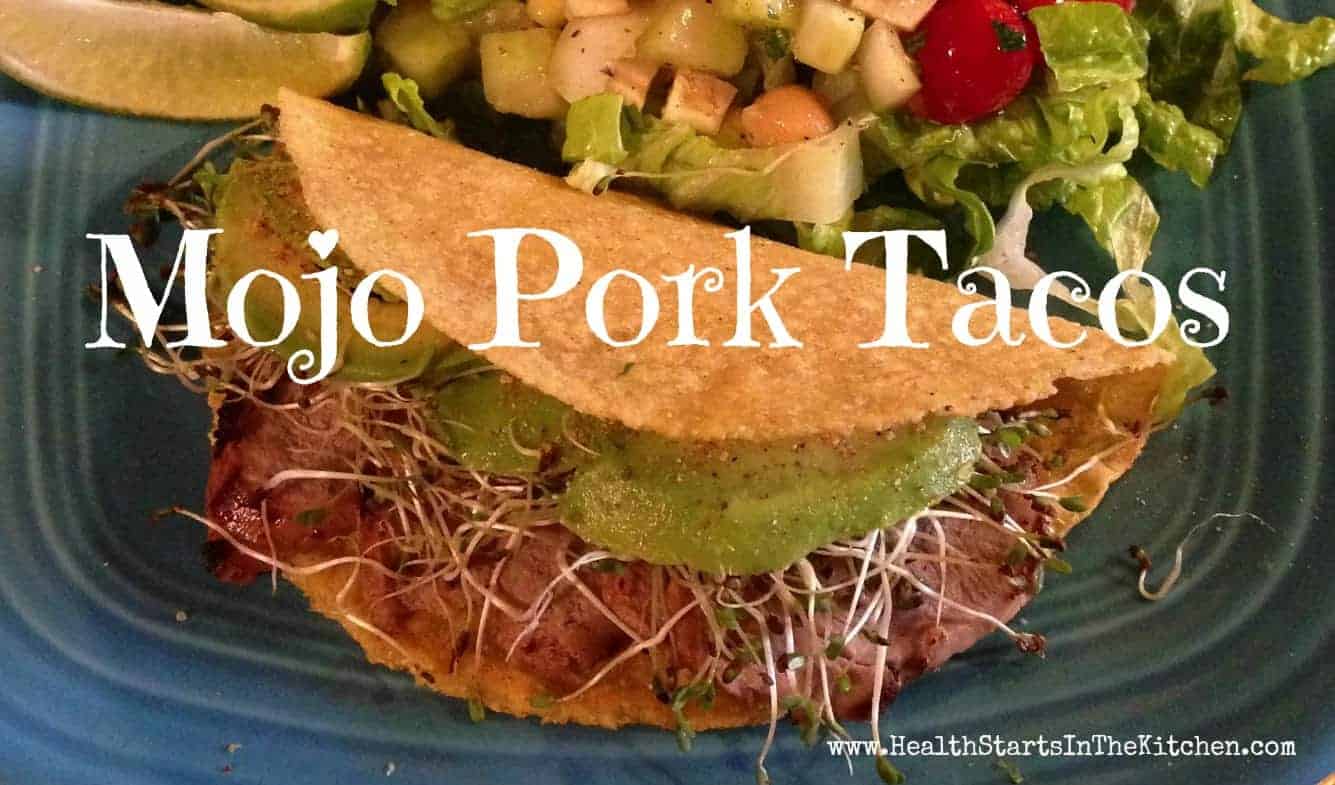
Does one hour in the pressure cocker offer the same results as 12+ hours on a stove top?
I Do not feel that is safe and would not suggest it.
I use chicken feet for chicken bone broth. Can a person roast chicken feet and achieve the desired taste you are referring to?
I don’t find that there is as a distinct difference with chicken broth like there is with beef/vension/lamb broth. It will not hurt to try roasting the feet – just be sure to collect all the juice/fat that they release and add them to the broth.